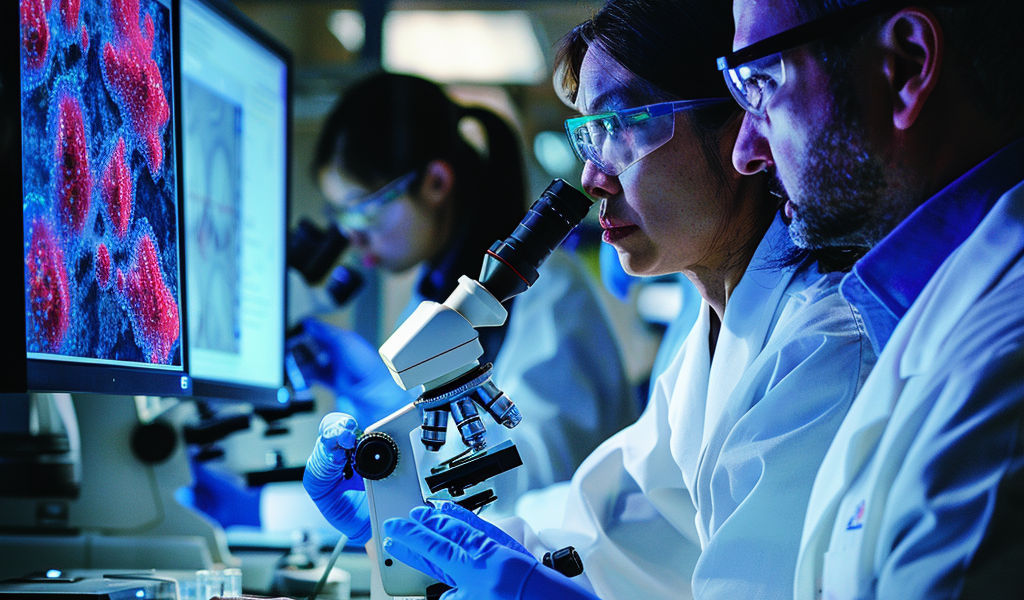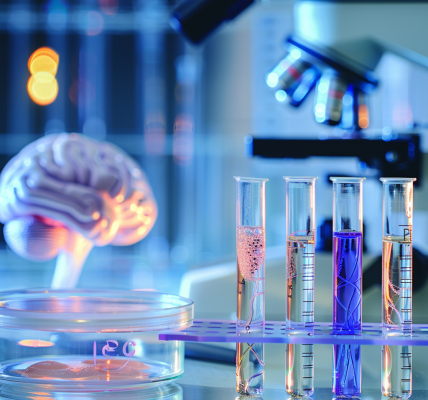A recent study conducted by a group of researchers from the University of Tartu and international scientists has uncovered new mechanisms behind the development of stroke by examining changes in mouse and human cells. The findings, published in Circulation Research, offer insights that could lead to more precise treatment methods and improved diagnostics, ultimately enhancing cardiovascular health in the future.
The study focused on understanding how atherosclerosis, the hardening of arteries, contributes to strokes. The researchers analyzed individual cells within the arteries at various stages of the disease to observe how these cells evolve as the disease progresses. They also investigated groups of genes that cooperate within the arteries of individuals with heart disease.
Katyayani Sukhavasi, a Ph.D. student at the Faculty of Medicine of the University of Tartu and one of the study’s authors, highlighted the significant impact of strokes, which occur every five minutes and can result in brain bleeding or ischemia, affecting people of all ages. Atherosclerosis plays a crucial role in stroke development, involving different types of cells in the vascular wall, such as endothelial cells, smooth muscle cells, and various immune and inflammatory cells.
The research team, including Giuseppe Mocci, Katyayani Sukhavasi, Arno Ruusalepp, Heli Järve, and Johan Björkegren, utilized single-cell RNA sequencing (Smart-Seq2) to generate an extensive multi-species single-cell omics dataset of atherosclerosis. Through advanced bioinformatic analysis of this dataset, the authors identified cell-specific gene expression patterns that drive the transformation of vascular cells in advanced atherosclerosis.
In addition to confirming previously identified vascular cell subclusters, the authors significantly expanded the gene content of three distinct smooth muscle cell subclusters associated with transitioning to an osteogenic phenotype during advanced atherosclerosis. They also identified three macrophage subclusters linked to proinflammation and Trem2-rich lipid content in advanced atherosclerosis.
Giuseppe Mocci from the Karolinska Institutet emphasized that by integrating these subclusters with 135 human gene-regulatory networks (GRNs), the study pinpointed several GRNs with key disease drivers responsible for vascular cell transformation leading to symptomatic carotid stenosis.
The study’s findings provide valuable insights into the underlying mechanisms of stroke development, paving the way for more targeted therapies and enhanced diagnostic tools in the realm of cardiovascular health.





